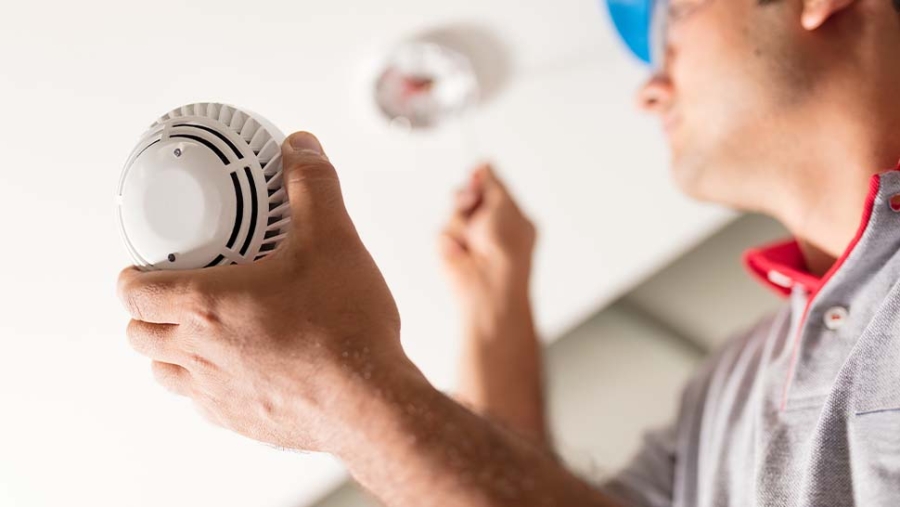

The Fire Safety Act 2021 received royal assent in April 2021, amending the Regulatory Reform (Fire Safety) Order 2005 (the order). While the bill was passed at the end of April 2021, it requires secondary legislation to come into force in England.
The Act has been in force in Wales since 1 October 2021, courtesy of the Fire Safety Act 2021 (Commencement) (Wales) Regulations 2021. With BUPA being fined almost £1m in January 2022 for fire safety failings, the spotlight is once more on fire risk assessments.
What does the Act do?
The Act clarifies that the order (which is the main part of fire safety law) applying to any building with two or more sets of domestic premises applies to the building’s structure, external walls and any common parts, including the front doors. It also clarifies that references to external walls in the order include “doors or windows in those walls” and “anything attached to the exterior of those walls (including balconies).”
These amendments are likely to affect social housing landlords, given the type of housing provided in such settings. The clarifications to the order aim to increase enforcement action in these areas, particularly where remediation of aluminium composite material (ACM) cladding has not taken place.
Obligations on landlords of specialised housing
If you are responsible for the common parts of a building you must now include those elements in a fire risk assessment and in the remedial action you take to safeguard occupants.
Your responsibility to identify fire hazards now extends to:
- Doors into flats
- Windows
- External cladding.
You should pay special attention to these elements in your risk assessment as they may have been compromised over the years by
- DIY within dwellings
- Dilapidation
- Your own refurbishments/property improvements.
You will need to determine if the quality of materials used or mistakes in fitting have compromised their ability to meet applicable fire standards and are able to control the spread of fire.
What should you do?
Identify people at risk
- In social housing, particularly, there could be many groups of people who will find it difficult to evacuate in the event of fire.
- You should consider each of these people and their specific needs. Some tenants/occupants may live in adapted properties and have technical devices to help them move around. You should take note of their needs and liaise with them, or their carers, where appropriate, to determine how they should be assisted.
Evaluate, remove or reduce and protect against remaining risk
- After identifying hazards and the needs of your residents, you should look to control the risk of the spread of fire or unsuccessful evacuation
- There are a number of obligations imposed on you in the order regarding firefighting equipment. But social housing operators should also consider how to provide for the safe evacuation of those with additional requirements
Implement your fire risk assessment
- You are required to implement your fire safety measures and to inform and instruct occupants about what to do in the event of a fire
- Major findings from your fire risk assessment should be recorded, including the action you have taken
- Provide training and maintain awareness of the fire mitigation measures you have implemented
Ensure that you regularly review your risk assessment
- Review and renew your fire risk assessment at least annually to ensure it is still suitable and sufficient. It is easy to become non-compliant and know nothing about it.
The Act has clarified who has responsibility for undertaking fire risk assessment and associated remedial work. It has also underlined the particular requirements for social housing managers to understand and act on. You should be in a position to demonstrate to the regulators that you have taken all the steps you need to protect the occupants of your properties from the risk of fire.










